Kapitolinische Museen
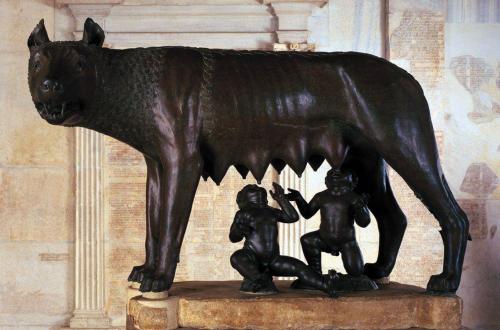
 Condividi
Condividi
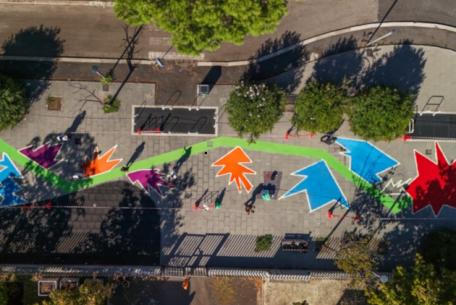
Funded by regional funds, the “Blu Art - i colori dell’aria” (Blu Art - the colors of the air)
[...]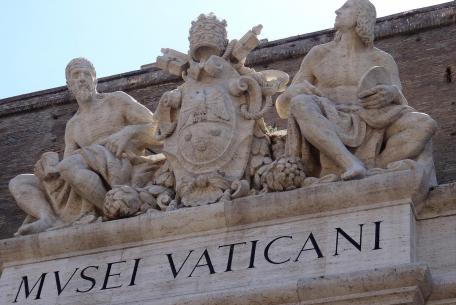
Der erste Kern der Vatikanischen Museen (eine Sammlung antiker Skulpturen) wurde von Papst Julius II. (1503-13) gegründet, obwohl die Idee des eigentlichen Museums auf Clemens XIII.
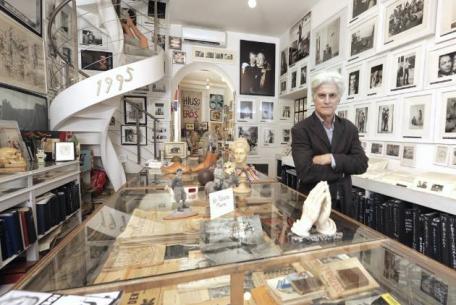
Located in via della Reginella, in the heart of the ancient Jewish Ghetto, this museum is a small jewel dedicated to the 20th-century culture, bor
[...]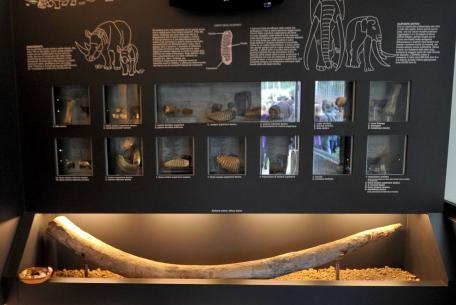
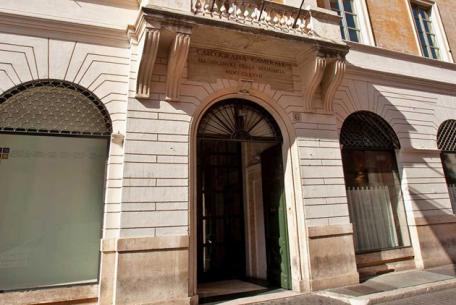
Das Institut entstand 1975 aus dem Zusammenschluss des Nationalen Kabinetts für die Drucke und des Kabinetts der Calcographie.
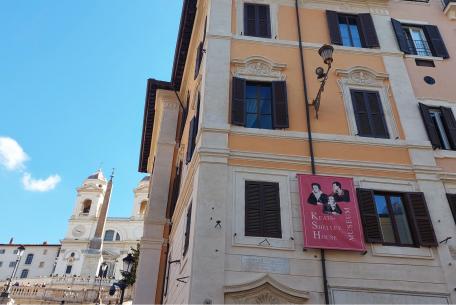
An einem der bekanntesten und meistbesuchten Orte der Stadt, direkt neben der Spanischen Treppe
[...]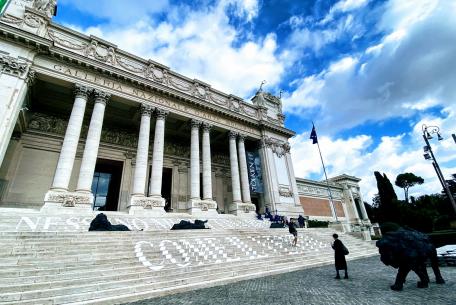
Die 1883 in Rom eröffnete Nationalgalerie für moderne und zeitgenössische Kunst wurde anlässlich der Weltausstellung 1911 nach Valle Giulia verlegt, gegenüber der
[...]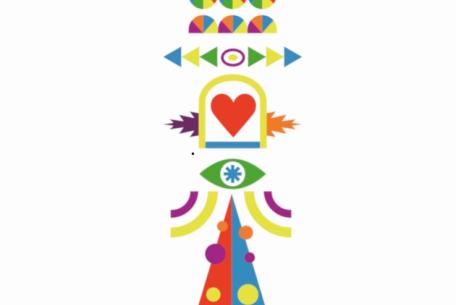
Funded by regional funds, the “Blu Art - i colori dell’aria” (Blu Art - the colors of the air)
[...]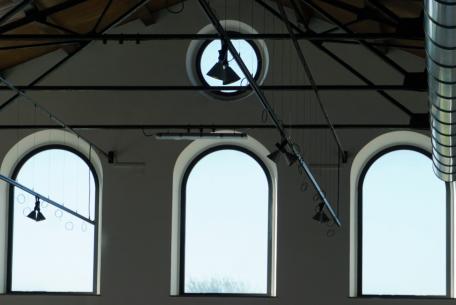
Ein neues Zentrum für Kunst und Kultur, das sich zum Ziel gesetzt hat, eine Anlaufstelle für Römer und Touristen zu werden: Es handelt sich um einen Ausstellungsraum im Süden der S
[...]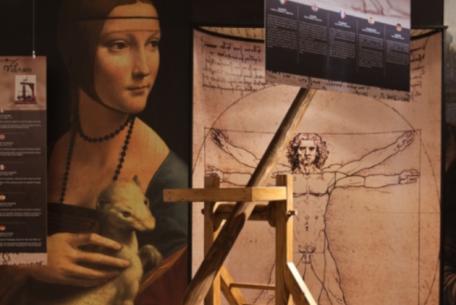
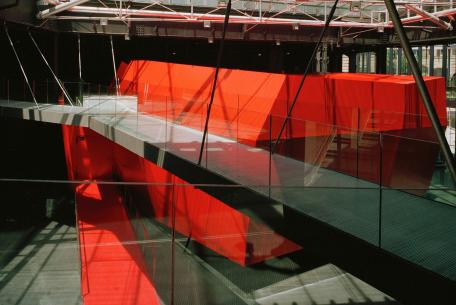
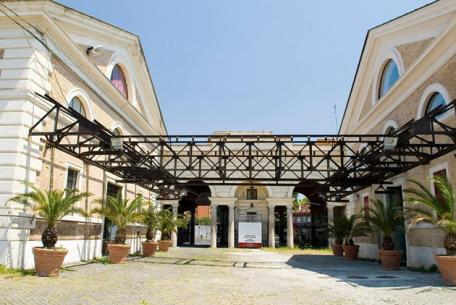
Der architektonische Komplex des Schlachthofs befindet sich im Herzen der Rione XX - Testaccio
[...]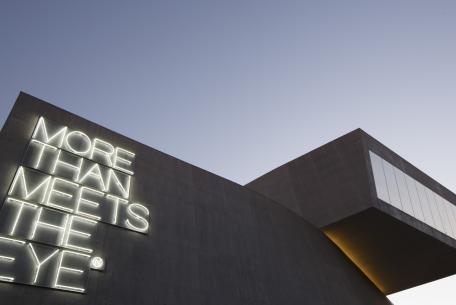
MAXXI (Museo Nazionale delle Arti del XXI secolo) ist das erste nationale Museum für zeitgenössische Kunst und Architektur:
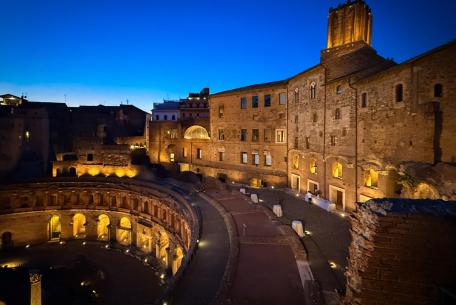
Die Trajansmärkte wurden in den ersten Jahren des 2.Jh.v.Chr. erbaut und waren mit ihren Warenlagern, Läden und Büros ein Zentrum des Handels und der kaiserlichen Verwaltung.
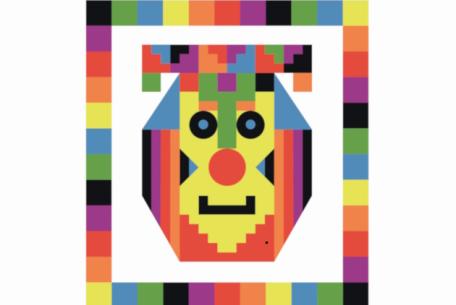
Funded by regional funds, the “Blu Art - i colori dell’aria” (Blu Art - the colors of the air)
[...]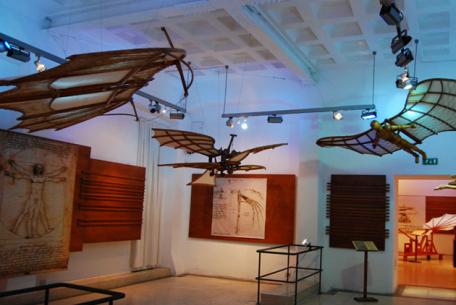
The Leonardo da Vinci Machines Exhibition celebrates the universal genius of Leonardo da Vinci by presenting about fifty full scale machines: flying machines, like the precursor to the parachute, a
[...]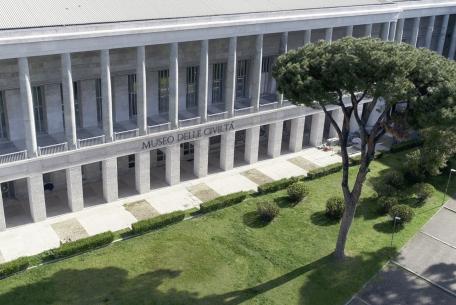
Über 2 Millionen Kunstwerke und Dokumente aus der Frühzeit der Steinzeit bis zur Gegenwart, verteilt auf etwa 50.000 Quadratmetern Ausstellungs- und Lagerräumen.
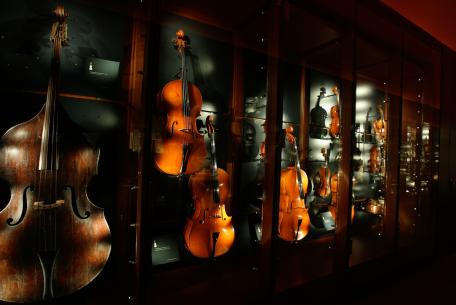
Das Museum, das 2008 an seinem neuen Standort im Auditorium Parco della Musica
[...]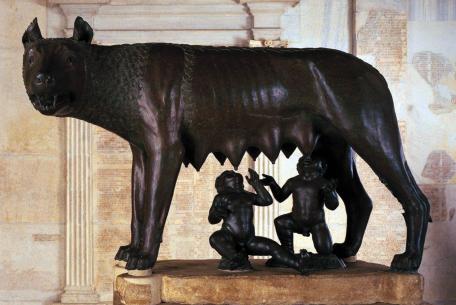
Die Geburt der Kapitolinischen Museen ist 1471: der Papst Sixtus IV schenkte dem römischen Volk eine Gruppe von Bronzestatuen die in Laterano konserviert war.
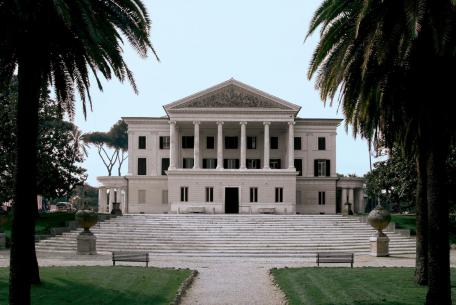
Die an der Via Nomentana gelegene Villa Torlonia bewahrt noch heute ihren besonderen Charme durch die Originalität
[...]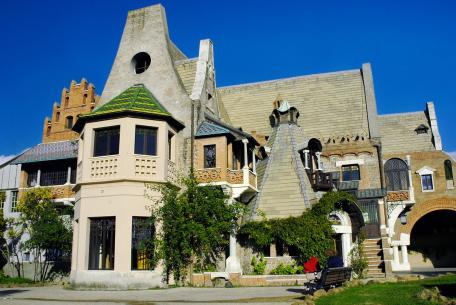
Die Casina delle Civette (Haus der Eulen) ist das Ergebnis einer Reihe von Umgestaltungen und Ergänzungen an der Capanna Svizzera (Schweizer Hütte), einem Gebäude,
[...]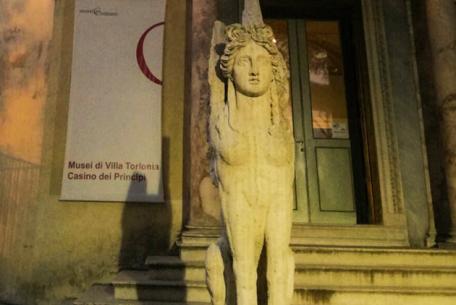
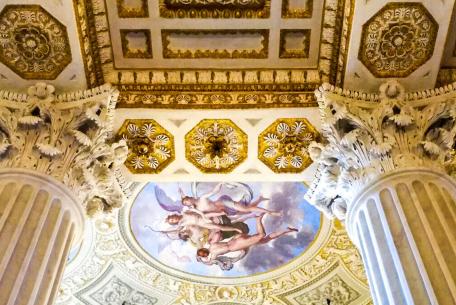
Das Casino Nobile verdankt sein Aussehen dem Einsatz von Giuseppe Valadier, der in den ersten Jahren des 19.
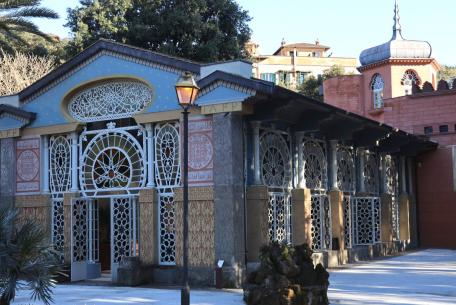
In 1832, Prince Alessandro Torlonia commissioned a series of embellishment works for the sumptuous family residence on Via Nomentana, entrusting the Venetian architect Gius
[...]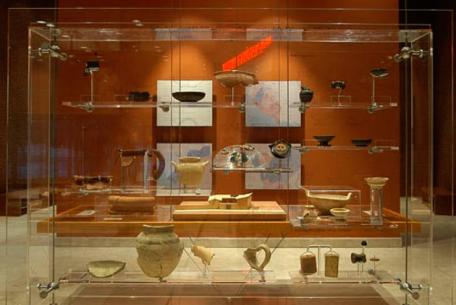
In the 90s, during the works for the construction of the Auditorium Parco della Musica
[...]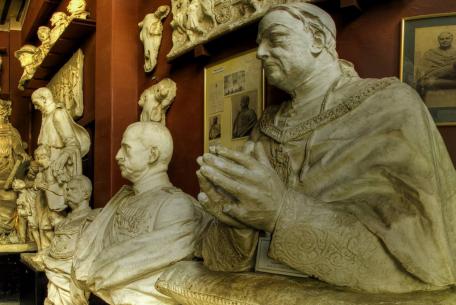
Likened to the ancient Greek sculptor Phidias for his ability to revive the ideal of classical beauty through marble, in 1818 Antonio Canova was at the height of h
[...]
 Condividi
Condividi
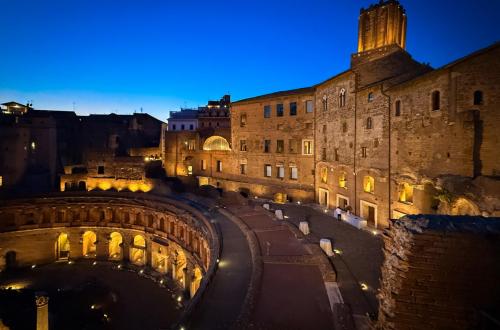
 Condividi
Condividi
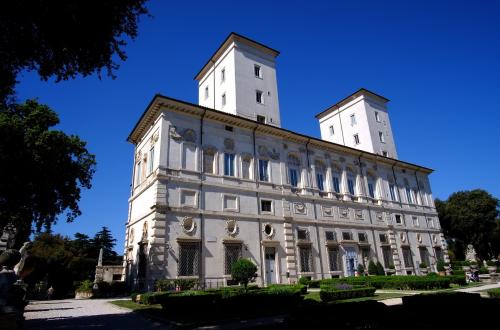
 Condividi
Condividi
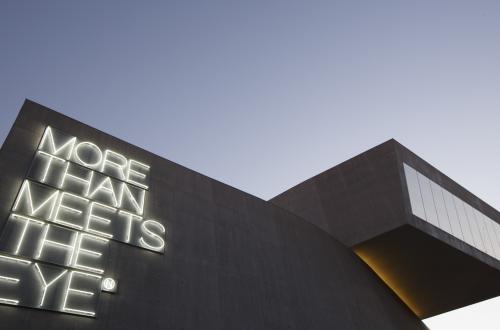
 Condividi
Condividi
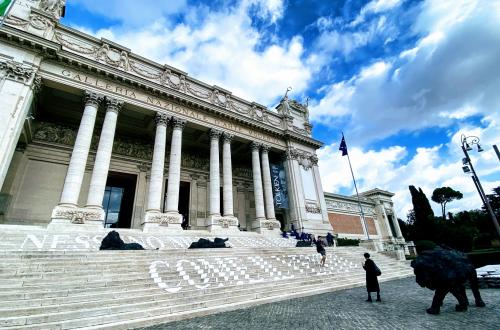
 Condividi
Condividi
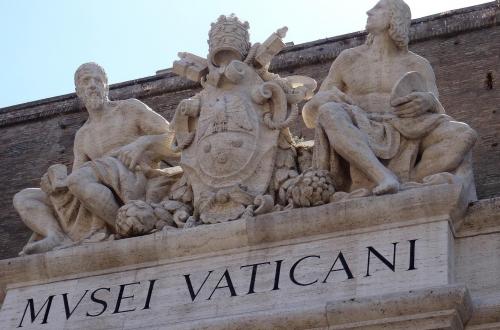
 Condividi
Condividi
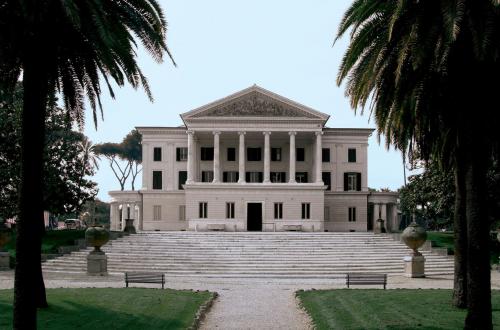
 Condividi
Condividi
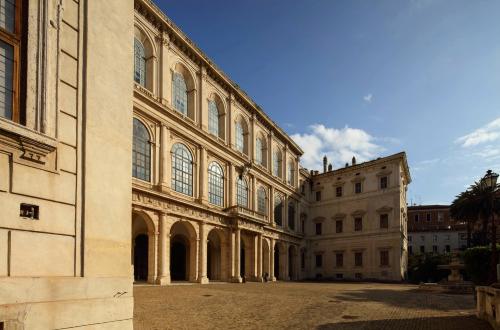
 Condividi
Condividi